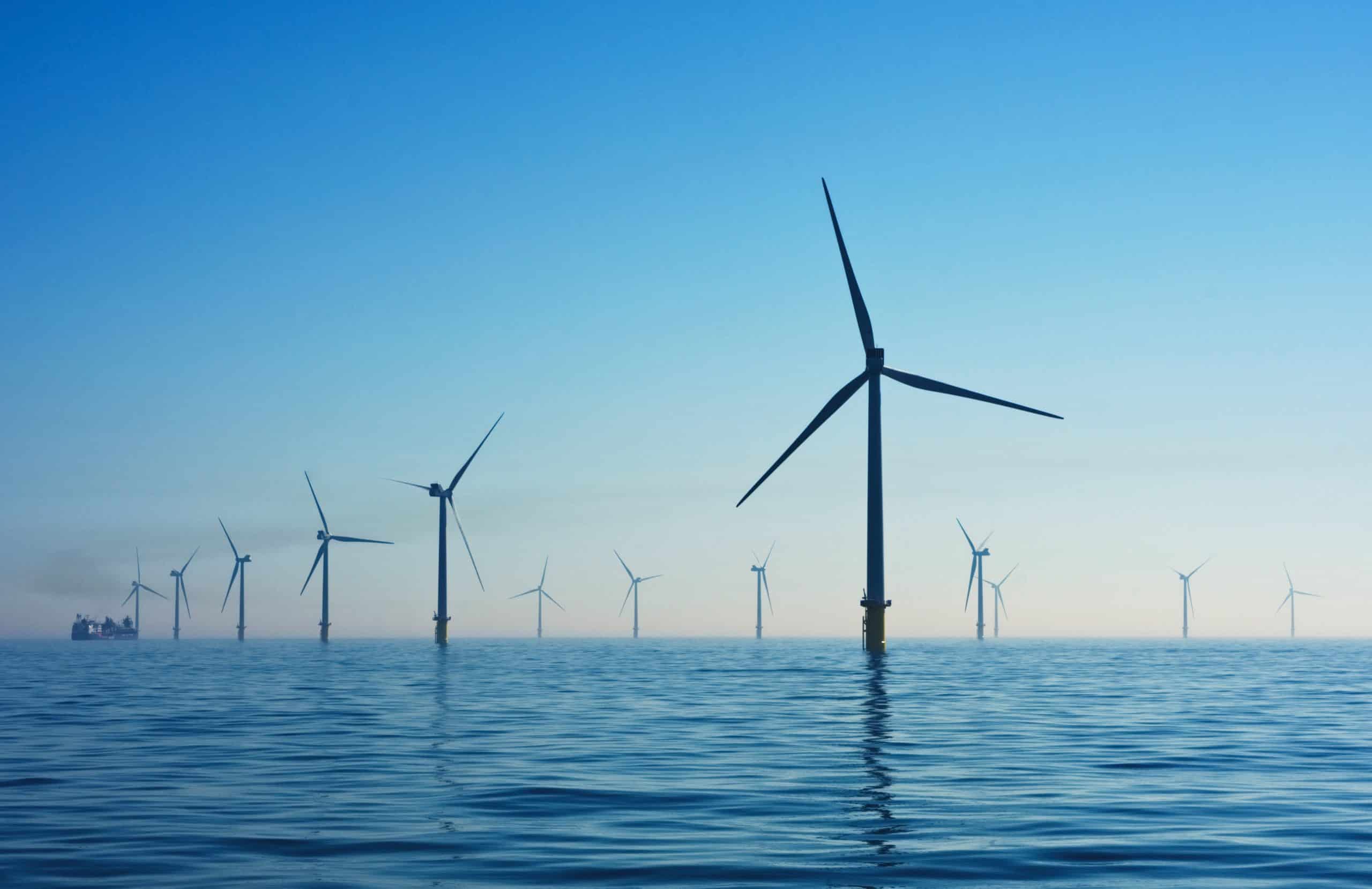Renewable energy issues

The advent of renewable energy has been hailed as a significant stride towards reducing our dependency on fossil fuels. However, like any other technological advancement, renewable energy confronts a series of challenges. This article explores the various issues revolving around renewable energy such as wind and solar power, the cost implications, and the impact on the electricity grid among other topics.
The Promise of Renewable Energy
Renewable energy emanates from natural sources such as the sun, wind, and water, which are replenished continually. It’s a clean and sustainable alternative to fossil fuels like coal, oil, and natural gas notorious for emitting harmful gases that contribute to global climate change.
A lire en complément : Best luxury real estate agency mauritius: your guide to elite properties
The need for a sustainable, clean energy source is more urgent than ever. As the global community awakens to the reality of climate change, renewable energy technologies have emerged to the forefront as the most viable solution. However, there are still significant challenges to overcome before we can fully realize the promises of renewable energy.
The Challenge of Intermittency
One critical challenge with renewable energy sources like solar and wind is their intermittency. This term refers to the fact that these sources are not always available. The sun doesn’t shine at night or on cloudy days, and the wind doesn’t always blow. This intermittency impacts the reliability of renewable energy sources.
A voir aussi : What is egg white powder and how to use it for cooking and baking?
To address this challenge, technologies for storing energy when production exceeds demand, and releasing it when production falls short, are being developed. Batteries have been the most common solution, but their high cost and environmental impact are considerable drawbacks.
The Cost of Renewable Energy Technologies
The cost of renewable energy technologies has been one of the major stumbling blocks in the widespread adoption of renewables. Installing solar panels and wind turbines is expensive. Further, the infrastructure to store and distribute that energy, such as batteries and grid updates, adds to the overall cost.
However, the cost of renewables has been declining over recent years due to advancements in technology and increased economies of scale. Despite the high initial costs, renewables typically have lower operating costs than fossil fuel technologies, which could mean savings in the long run.
The Impact of Renewable Energy on the Grid
Incorporating renewable energy into the existing electricity grid is a significant challenge. The grid was designed for large, centralized power plants, not distributed energy producers like rooftop solar panels or wind farms.
Fluctuations in renewable energy production can create instability in the grid, leading to blackouts or other problems. Energy storage technologies and grid improvements are needed to manage these fluctuations and ensure a stable electricity supply.
Global Support for Renewable Energy
Global support for renewable energy is crucial to drive the shift from fossil fuels. Government policy and subsidies have been instrumental in the growth of renewable energy, but there is still a need for clearer, more ambitious policies to support renewables.
Public acceptance is also pivotal. Many people are resistant to change, especially if it may cost them more in the short term. Educating the public about the long-term benefits of renewable energy is crucial to garnering support.
Renewable Energy and Climate Change
The battle against climate change is the driving force behind the push for renewable energy. By replacing fossil fuels, we can drastically reduce the amount of greenhouse gases we emit, thereby mitigating climate change.
However, the transition to renewable energy itself can contribute to climate change, at least in the short term. The production of wind turbines and solar panels, for example, involves considerable energy use and emissions. Furthermore, the life-cycle emissions of renewable energy technologies, although much lower than fossil fuels, are not zero.
In summary, while renewable energy holds immense potential to address our energy needs sustainably and reduce our impact on the climate, it also faces substantial challenges. Overcoming these will require concerted effort, innovative thinking, and robust policy support. But with the urgent need to mitigate climate change, the continued development and advancement of renewable energy technologies is not just an option, it’s a necessity.
Advancements in Renewable Energy Technologies
As we dive deeper into the issues surrounding renewable energy, we must also acknowledge the advancements made in this area. These improvements have been aimed at countering the challenges such as intermittency, cost, and grid integration.
For instance, in the case of solar energy, there have been significant strides in the efficiency of solar panels. This is mostly due to developments in photovoltaic cell technology. These cells convert sunlight directly into electricity, and their efficiency pertains to the percentage of sunlight that can be transformed into usable energy. Likewise, there have been enhancements in the design and materials used in wind turbines, making them more efficient and durable.
Energy storage is another area that has seen numerous advancements. Battery technology is constantly evolving, and the introduction of offshore wind farms and pumped hydroelectric storage systems have provided ways to store excess energy generated by renewable sources. These technologies allow for energy to be stored when production is high and then released when demand exceeds production, such as during periods of low wind or solar output.
Moreover, many are exploring the use of smart grids, which would allow for better integration of renewable energy sources. These grids use digital technology to monitor and manage electricity from various sources, including renewable ones. This can help to stabilize the grid and prevent blackouts.
Conclusion: Navigating the Energy Transition
In conclusion, the transition to renewable energy presents several challenges, but these are outweighed by the immense potential benefits. The adoption of renewable energy is an essential step towards combating climate change, given its ability to provide a sustainable, clean energy source as an alternative to fossil fuels.
Despite the obstacles like intermittency, costs, and grid integration, significant advancements have been made in these areas. The development of more efficient solar panels and wind turbines, better energy storage solutions, and the advent of smart grids all contribute to addressing these challenges and making the use of renewable energy more viable.
However, a successful energy transition cannot be solely reliant on technological advancements. It requires a multi-faceted approach that includes supportive government policies, increased public acceptance, and continued investment in renewable energy technologies.
The energy transition towards renewables is a complex and challenging journey. However, given the urgency of climate change, it is a journey that we, as an international community, must embark on. The global shift to renewable energy is not just an option – it is a necessity.
